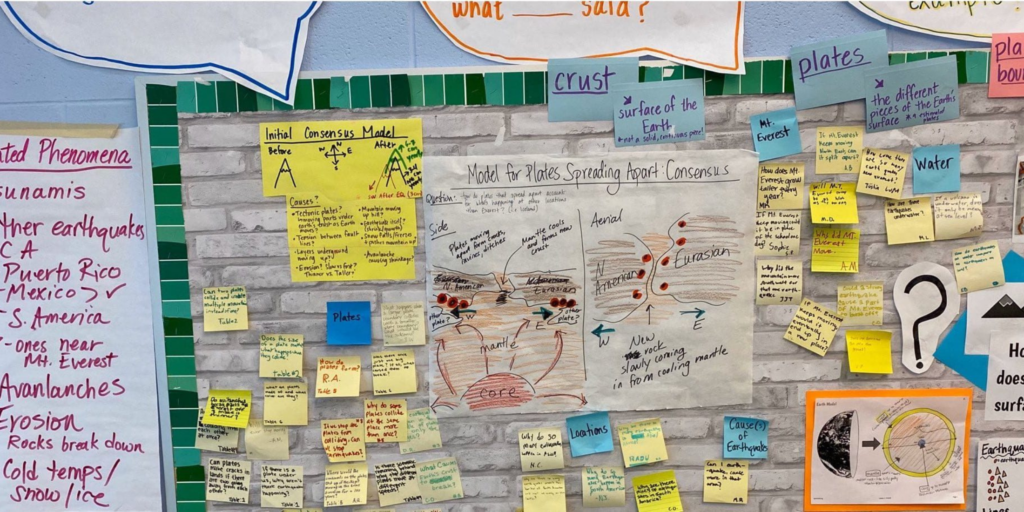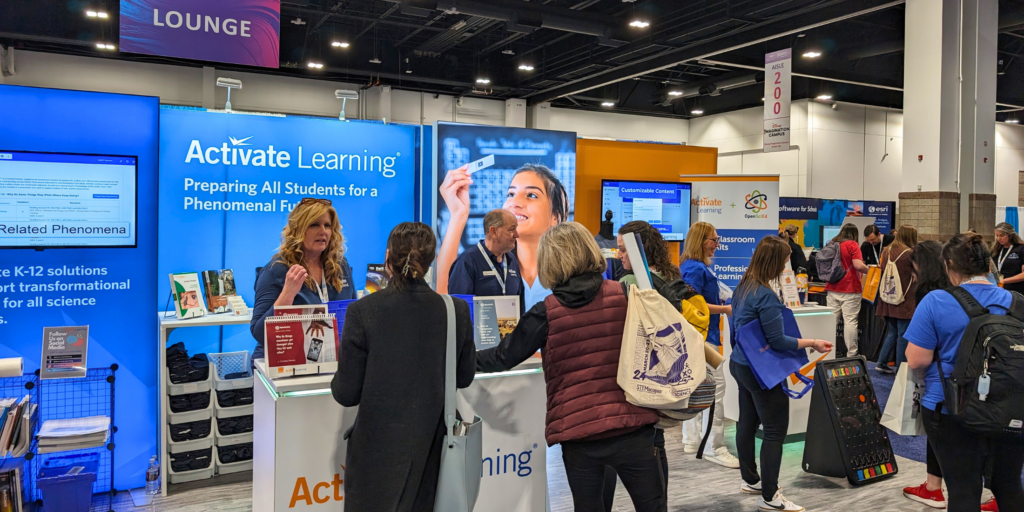November Research Roundup: STEM News and Resources for Science Educators
November Research Roundup: STEM News and Resources for Science Educators

The pace of scientific discovery is accelerating, offering students more opportunities than ever to engage with the ideas and innovations shaping our world. From artificial intelligence and genomics to lunar exploration and climate research, educators can bring the latest STEM developments into the classroom in ways that are interactive, thought-provoking, and relevant.
The following resources and news highlights are curated to spark curiosity, connect learners with real-world science, and provide teachers with practical tools to make lessons both engaging and impactful.
At Activate Learning, we’re thrilled to showcase a variety of resources designed to foster deeper learning at every grade level. Whether students are exploring the inner workings of neural networks, simulating life on the Moon, or investigating environmental challenges on Earth, these tools encourage hands-on exploration, critical thinking, and a genuine sense of wonder about the natural world.
In this edition of our Research Roundup, we present a selection of recent STEM news, classroom-ready resources, and insights from current research. These highlights are meant to inspire educators and students alike, whether learners are just beginning their scientific journey in elementary school or preparing for future STEM pathways in high school and beyond.
Recent STEM Education News
1. Plush neuron makes AI approachable, simplifies neural networks for middle schoolers
via Phys.org
A team at Carnegie Mellon University has developed the “Plush Neuron,” a tactile, LED‑lit educational device designed to help middle schoolers understand how neural networks, the building blocks of artificial intelligence, work. The three‑foot model features three squeezable input “dendrites” whose weights can be adjusted, a threshold “soma,” and a flashing/sounding “axon” output that fires when conditions are met. Sitting at the intersection of computing, textile design, and hands‑on learning, the Plush Neuron aims to make abstract AI concepts accessible, intuitive, and memorable for younger learners. [LEARN MORE]
2. The school for astronauts hidden inside a Swiss mountain
via BBC News
A student‑led mission called Asclepios V staged a 14‑day simulation of lunar base life deep inside a disused fortress carved into the Gotthard Massif in the Swiss Alps. The crew of nine international students experienced isolation, basic living conditions (including showering only twice), simulated “spacewalks,” and resource‑limited environments designed to mimic future lunar habitats. The underlying goal: to better understand how humans might live and work on other worlds by modelling the psychological, logistical, and physiological challenges, while giving STEM students hands‑on experience in analog space research. [LEARN MORE]
3. Nation topped goal of 1 million more STEM graduates over the past decade, analysis finds
via Phys.org
A new analysis from the University of California-Santa Cruz shows that the U.S. surpassed its 2012 goal of increasing bachelor’s degrees in science, technology, engineering, and mathematics (STEM) by one million, achieving roughly a 16 % margin above that target. The study also finds that the share of STEM degrees among all degrees awarded rose, retention rates in STEM improved (now on par with or better than non-STEM fields), and employment in STEM jobs exceeded earlier projections. However, despite the progress, there are important caveats: while representation improved for Hispanic students and women in certain STEM degree levels, significant gaps remain for Black and Indigenous students. Lastly, the findings underscore the continued importance of a robust national data infrastructure to monitor educational outcomes and workforce alignment. [LEARN MORE]
Science Teaching Resources
1. Launch Your Name Around Moon in 2026 on NASA’s Artemis II Mission (Grades K-12) The Artemis II “Send Your Name” campaign invites anyone to submit their name to travel on the mission’s spacecraft, making them a virtual crewmember aboard the Orion as it loops around the Moon in 2026. Names will be stored on an SD card carried aboard the mission, and participants will receive a downloadable “boarding pass” as a keepsake. This global outreach effort connects students, families, and space enthusiasts to the mission of lunar exploration and deep space travel.
2. Genomics: Insights (Grades 9-12)
The National Human Genome Research Institute, in partnership with the Smithsonian National Museum of Natural History, offers the “Genomics: Insights” online publication, a collection of short articles written by early‑career researchers that explore how genomics intersects with society, health, environment, and technology. Aimed at high school, undergraduate, and post‑graduate learners, the platform invites students to submit 500-1,500‑word reviews, offering the opportunity to have their work evaluated by scientists at leading institutions. The resource encourages student engagement in genomics writing and awareness, bridging the gap between cutting‑edge research and accessible classroom use.
3. Our Beautiful Planet (Grades 6-12)
This series features short, high‑impact science films (about 5-10 minutes each) produced in partnership with The Climate Initiative and Kikim Media that take viewers into real‑world climate‑science research, from seaweed farming to rising oceans to nitrogen pollution. Each film is paired with classroom‑ready lesson plans and discussion guides curated by NSTA, designed to help students engage with the science and engineering practices behind climate issues, think critically about solutions, and participate in local‑to‑global action. Ideal for grades middle through high school, the resource makes complex topics accessible and encourages students to see themselves as part of the solution.
Keeping the Spirit of Discovery Alive
Science education thrives when curiosity meets opportunity. Each new discovery, whether in space exploration, genetics, or AI, reminds us of the vital importance of nurturing that same spirit of exploration in our classrooms. By connecting students with authentic science experiences and stories, we help them see that discovery isn’t limited to distant labs or observatories; it can start right at their desks. At Activate Learning, we’re honored to help teachers keep that spark alive and growing.
Stay in touch with the latest news and research in STEM education! Sign up for the Activate Learning monthly newsletter to get the most recent science education updates delivered to your inbox.
* * * * * * *

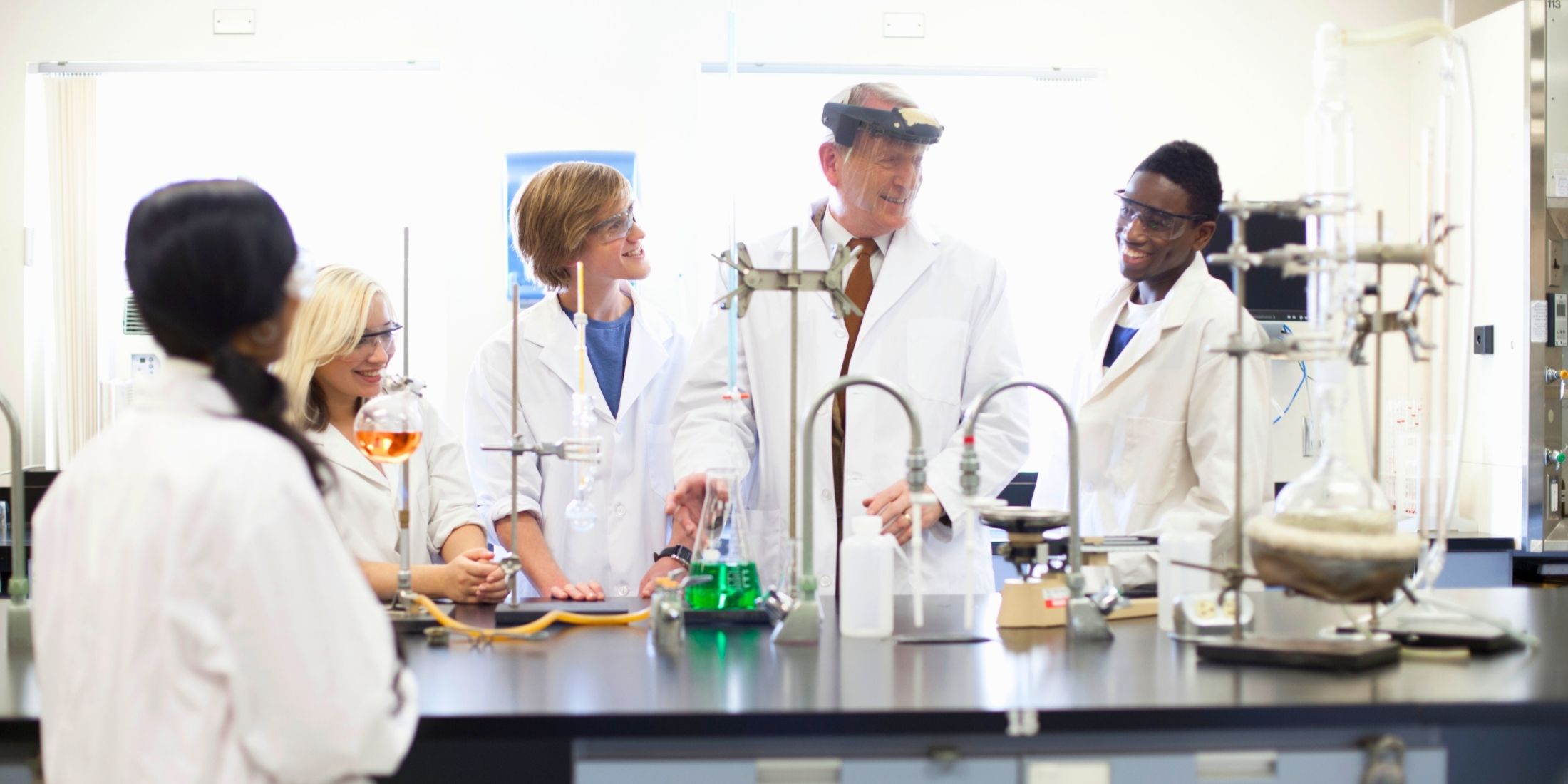
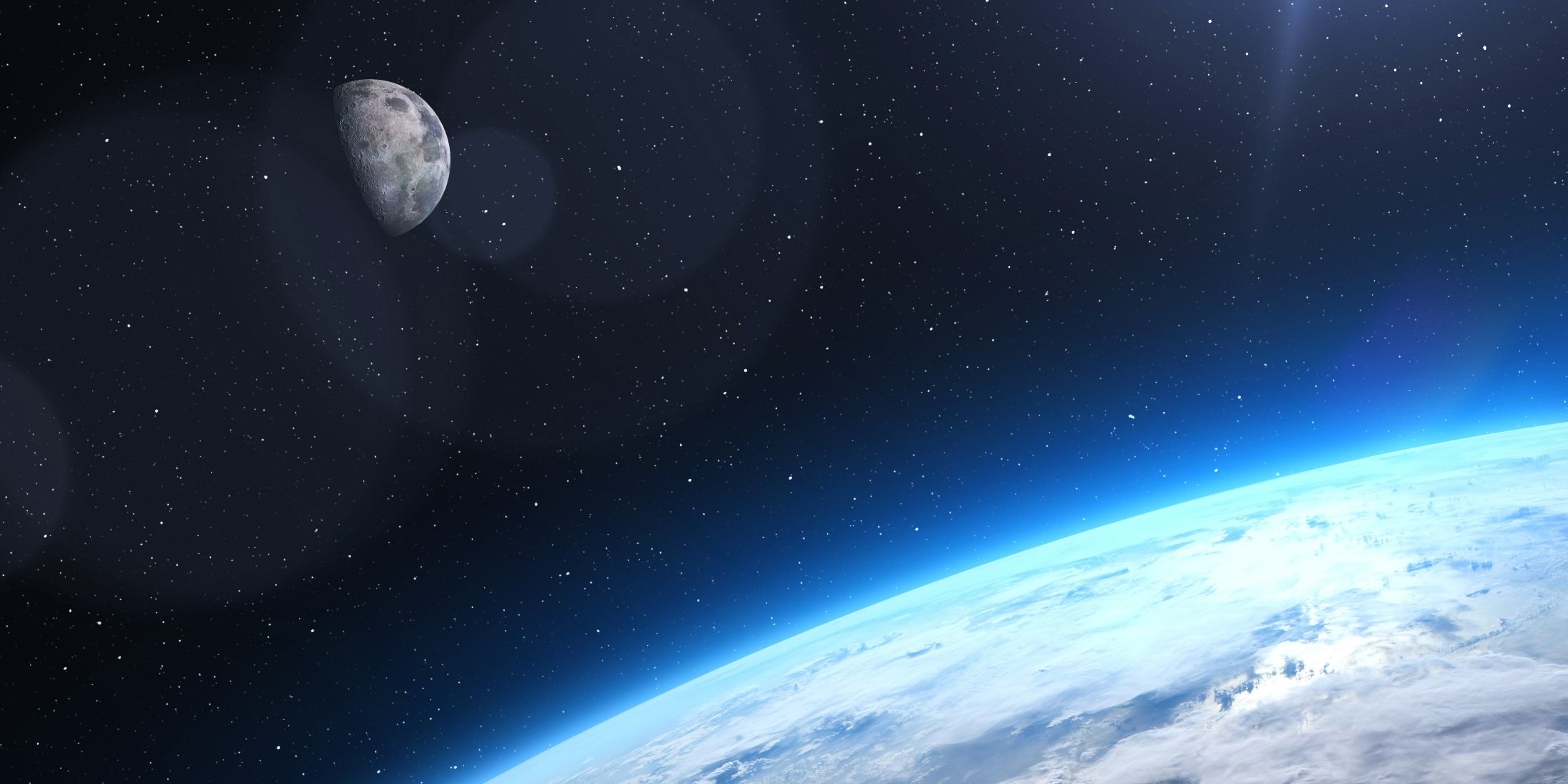
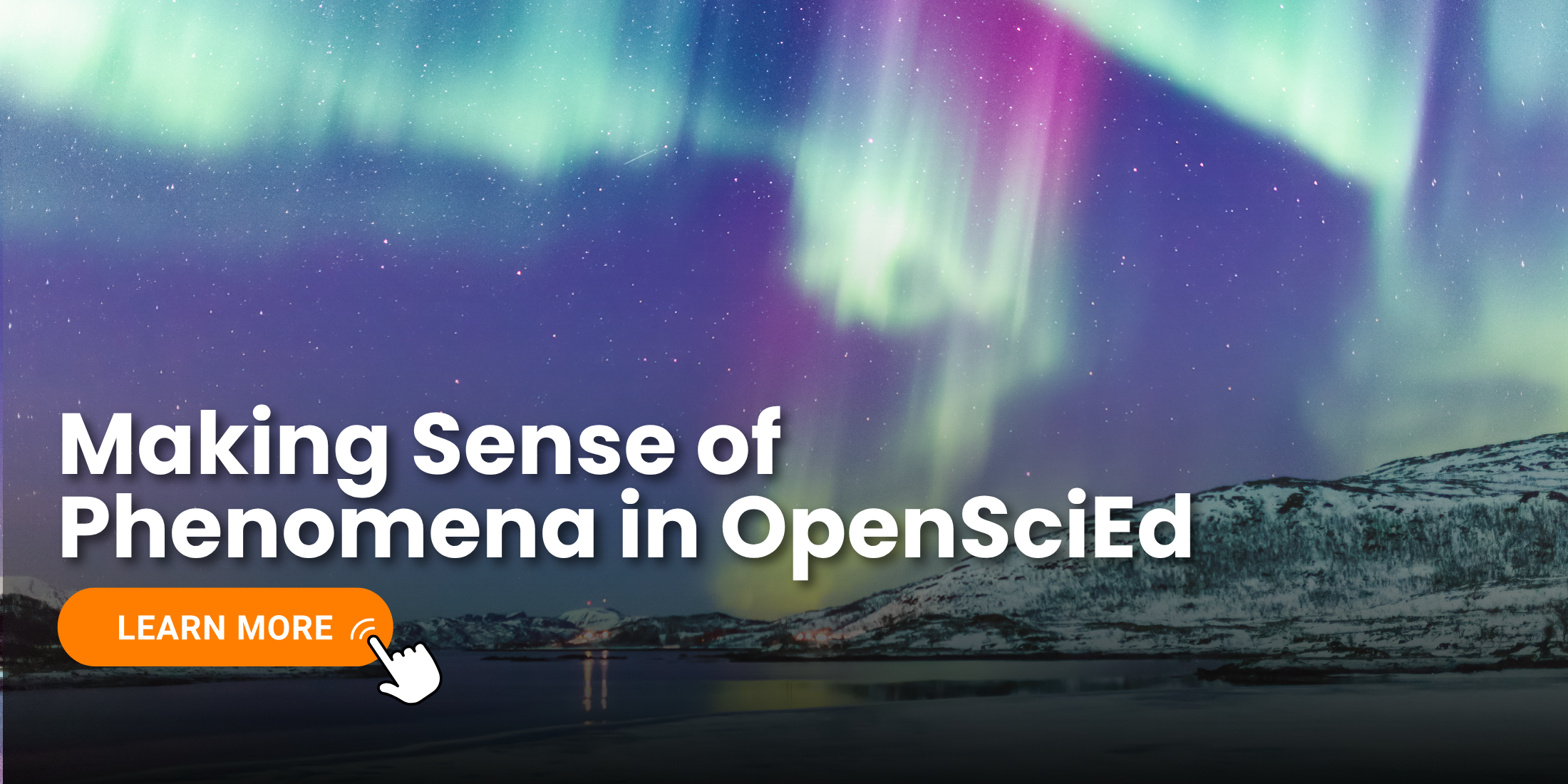
![OpenSciEd Universal Design for Learning Header Image (OSE students by nicolejbolduc) [PHOTO: 7th grade students analyzing data together in an exercise from OpenSciEd Unit 6.4. CREDIT: @nicolejbolduc/Twitter]](https://activatelearning.com/wp-content/uploads/bb-plugin/cache/OpenSciEd-Universal-Design-for-Learning-Header-Image-OSE-students-by-nicolejbolduc-1024x512-panorama-56d0d80e31176175c2818d16d199cd62-.png)
